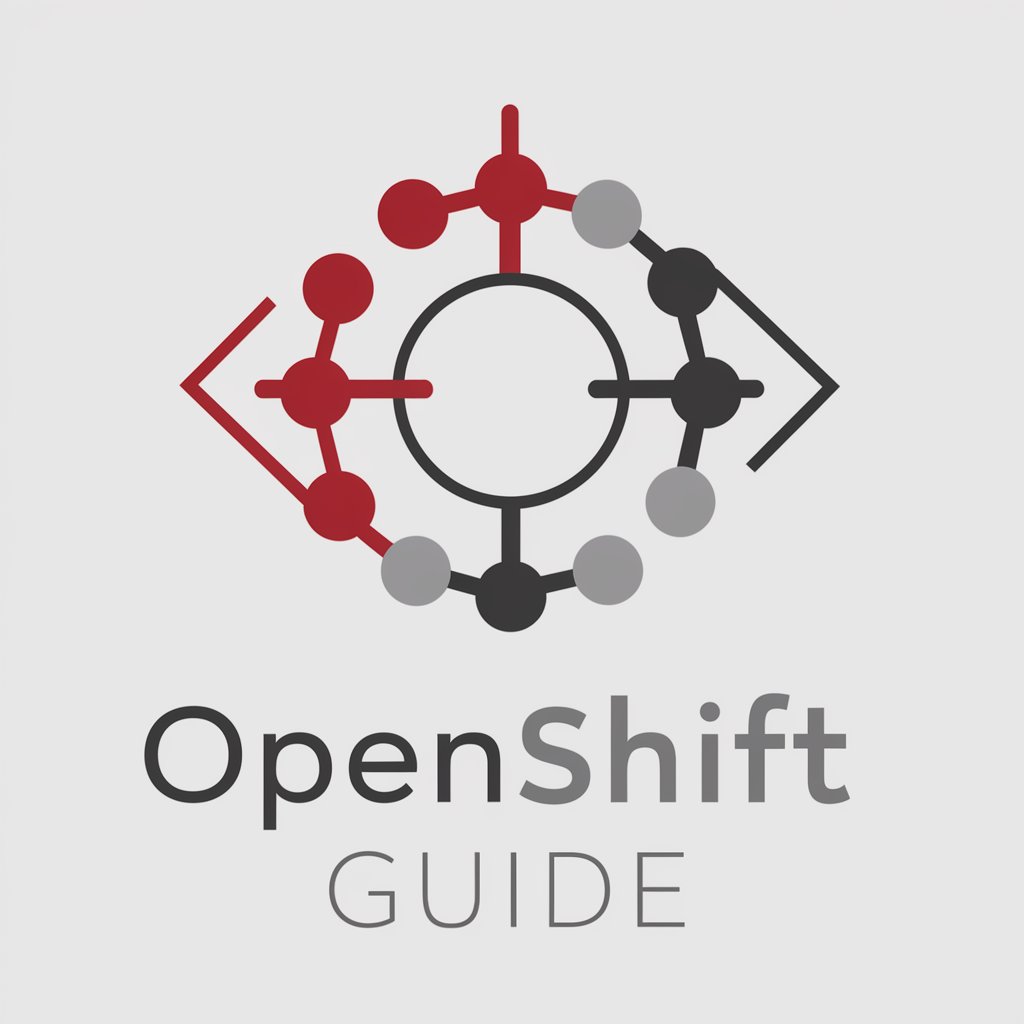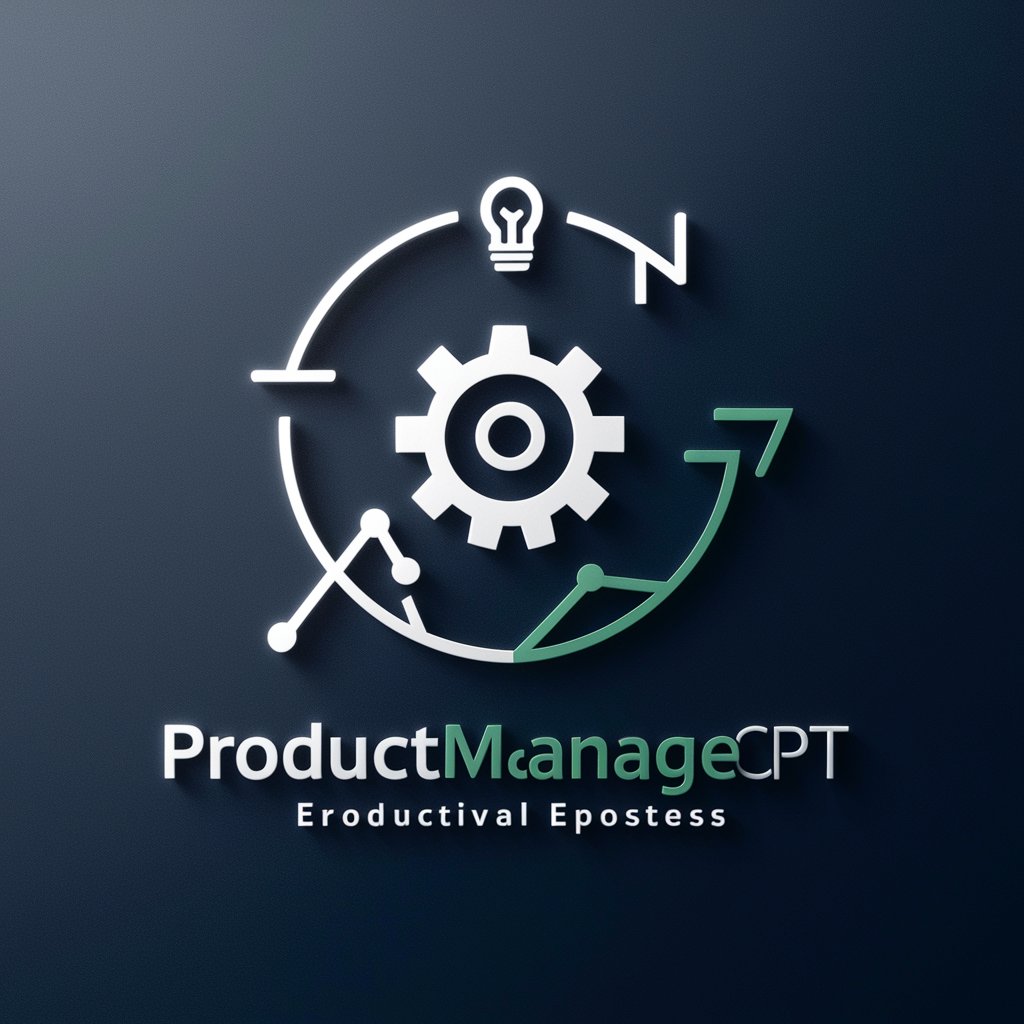OpenShift Guide - OpenShift Expertise

Welcome! I'm here to assist with your OpenShift cluster design and configuration needs.
AI-Powered OpenShift Assistance
Explain how to configure network policies in OpenShift...
What are the best practices for securing OpenShift clusters?
How can I optimize storage performance in my OpenShift environment?
Describe the steps to set up an OpenShift cluster on a bare metal server...
Get Embed Code
Overview of OpenShift Guide
OpenShift Guide is designed to be an authoritative source for configuring and optimizing OpenShift clusters. It aims to provide detailed guidance on cluster design, including best practices for network setup, storage options, security configurations, and resource management. The guide is crafted to assist users in creating efficient, secure, and scalable OpenShift environments, drawing from the comprehensive knowledge base of OpenShift's capabilities and configurations. For instance, it offers step-by-step instructions on deploying applications, managing project resources, and configuring routes and services, thereby facilitating a smooth developer experience while ensuring administrators have the tools needed to maintain a robust infrastructure. Powered by ChatGPT-4o。

Core Functions of OpenShift Guide
Project Management
Example
Creating and configuring new projects with oc new-project, managing access, and resource quotas.
Scenario
A developer team needs to segregate their applications across different projects for better resource allocation and security. The guide provides instructions on creating new projects, setting descriptions, and adding users, enabling the team to efficiently manage their application environments.
Application Deployment
Example
Using oc new-app to build and deploy applications from source code or images.
Scenario
A business aims to deploy a new web application built in Ruby. The guide details using oc new-app to create an application from a Git repository, handling build configurations, image streams, and deployment strategies to streamline the deployment process.
Resource Management
Example
Managing application resources with oc set env, oc set volume, and oc scale.
Scenario
An application requires scaling based on demand. The guide explains how to adjust the number of pod replicas using oc scale, set environment variables with oc set env, and manage storage with oc set volume, ensuring the application adjusts to workload changes efficiently.
Security and Access Control
Example
Configuring security policies and access controls with oc adm policy.
Scenario
An organization needs to enforce security policies and role-based access control for their OpenShift cluster. The guide offers insights on using oc adm policy to manage user permissions and security contexts, promoting a secure application lifecycle management.
Target User Groups for OpenShift Guide
Developers
Developers seeking to streamline the build, deploy, and management processes of their applications on OpenShift. They benefit from detailed command references, deployment strategies, and best practices for application lifecycle management.
System Administrators
System administrators responsible for the setup, maintenance, and optimization of OpenShift clusters. The guide provides them with comprehensive instructions on network configuration, storage management, security settings, and resource optimization.
DevOps Professionals
DevOps professionals looking to implement continuous integration/continuous deployment (CI/CD) pipelines and automate application deployments. The guide offers insights into leveraging OpenShift's capabilities for automating builds, tests, and deployments, facilitating a seamless DevOps workflow.

How to Use OpenShift Guide
1
Start with a free trial at yeschat.ai, offering access without the need for login or subscribing to ChatGPT Plus.
2
Identify your specific OpenShift challenges or objectives, such as cluster configuration, security setup, or application deployment.
3
Navigate through the OpenShift Guide to find sections relevant to your needs, using keywords or direct questions for more efficient search.
4
Apply the provided solutions and best practices in your OpenShift environment, leveraging the detailed command lists and examples.
5
For complex scenarios, use the detailed examples as a blueprint to customize solutions that fit your specific requirements.
Try other advanced and practical GPTs
Tinder AI
Elevate Your Match Game with AI

ProductManagerGPT
Elevate Your Product Game with AI

Markdown Formatter
AI-powered markdown structuring tool for effortless documentation.

Rainbow Connection
Empowering LGBTQQIP2SAA Lives with AI

Dreamer
Visualizing Imagination with AI

Tech support
Empowering you with AI-driven tech support

UK Driver and Vehicle Licensing Agency API Helper
Instant DVLA Data at Your Fingertips

Keyword Analysis Expert
Unlock Your Audience's Intent

ビリビリマン Biri Biri Man
Transform ideas into iconic stickers instantly.

公众号热门文章作者
Craft Engaging Articles with AI

公众号\群聊明日晨间新闻推送
Automate Your Morning News Briefing

アスカGPTs
Engage with Asuka, Anytime, Anywhere

OpenShift Guide Q&A
What is OpenShift Guide?
OpenShift Guide is an AI-powered assistant focused on providing detailed guidance for designing and configuring OpenShift clusters, including best practices for cluster design, configuration, optimization, and troubleshooting.
Can OpenShift Guide help with network setup?
Yes, it provides advice on network setup for OpenShift clusters, including strategies for efficient traffic management and securing communication within the cluster.
How does OpenShift Guide assist with application deployment?
It offers step-by-step instructions for deploying applications on OpenShift, covering build and deployment processes, routing, and scaling applications efficiently.
Can I use OpenShift Guide for security configurations?
Absolutely. The guide includes detailed advice on securing your OpenShift clusters, from setting up proper access controls to implementing security context constraints (SCCs).
What makes OpenShift Guide unique?
Its AI-powered features allow it to provide up-to-date, detailed, and context-aware advice tailored to the user's specific OpenShift challenges and questions, making it a dynamic resource for both developers and administrators.
